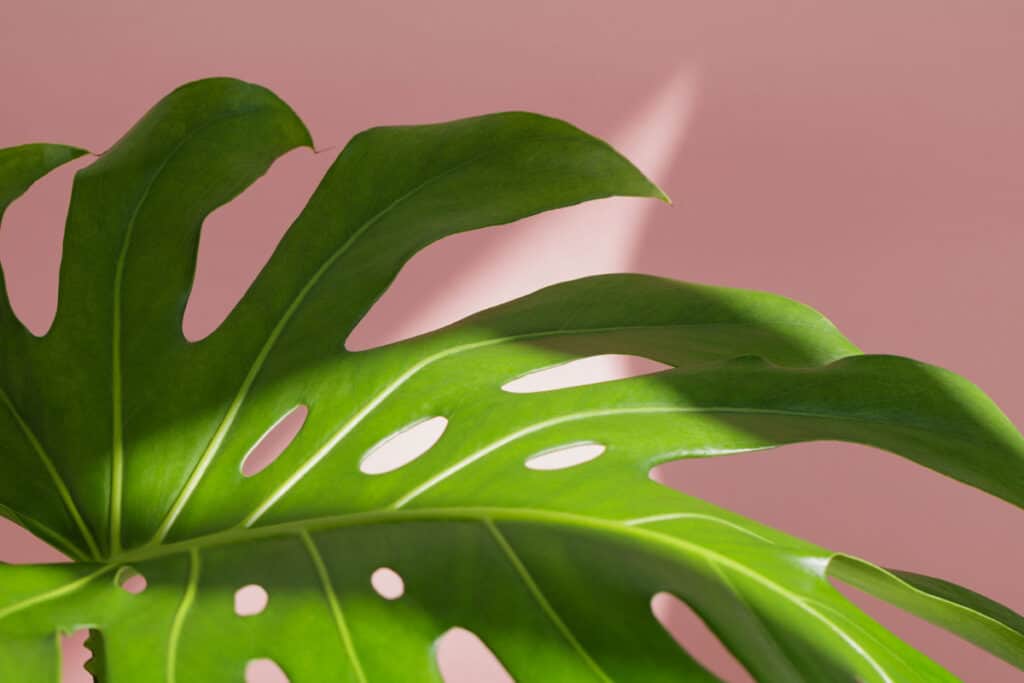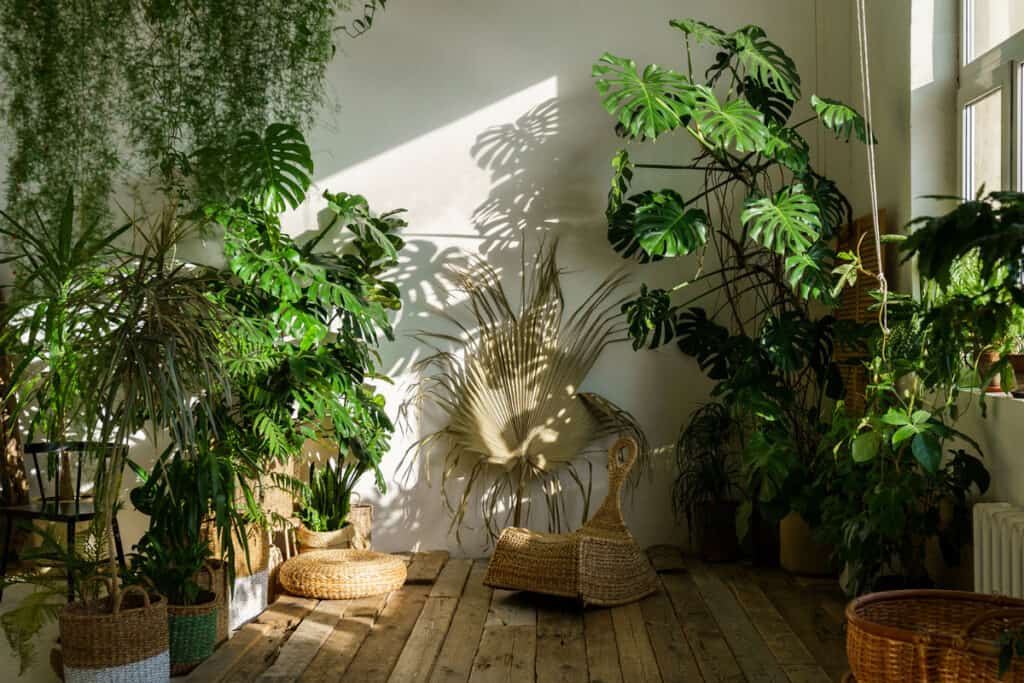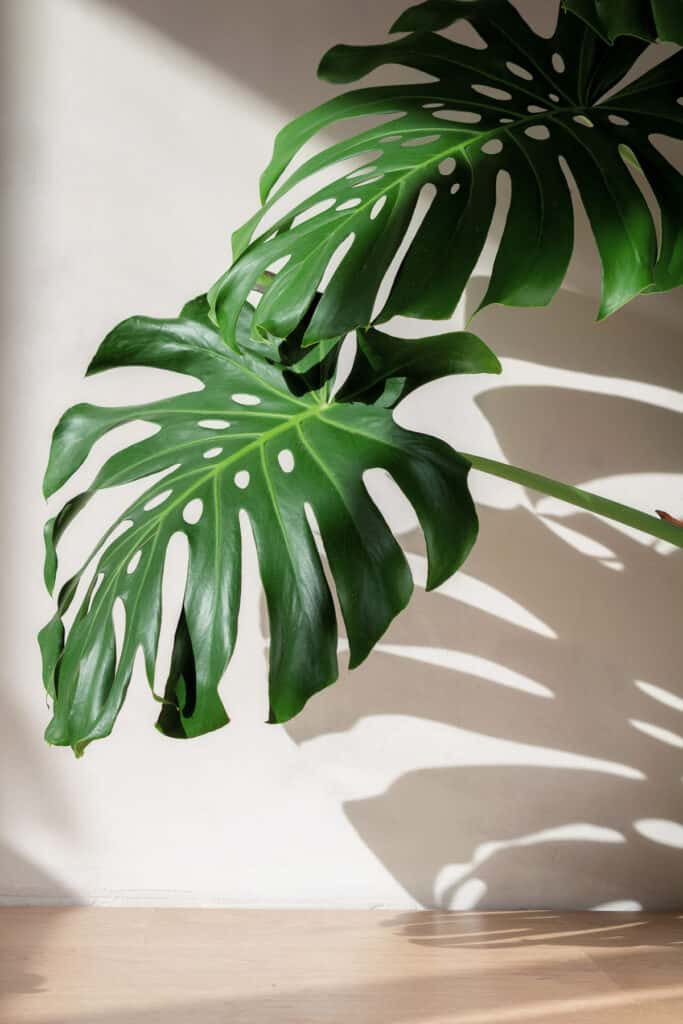Have you ever wondered how much light your Monstera plant needs? If so, you’re not alone! Many people struggle with keeping their Monsteras alive and thriving indoors. But don’t worry – we’ve got all the answers to this tropical houseplant’s lighting needs. This article will provide an overview of exactly what your monstera needs for optimal growth.
The Monstera is a unique and beautiful houseplant that requires some extra attention when it comes to providing adequate lighting. Different from other plants, Monsteras need different levels of light depending on the season or stage of development. In order to keep them healthy, you’ll need to understand exactly how much light they require at any given time.
Knowing just how much light your Monstera needs can be tricky, but luckily there are ways to make sure you’re giving it enough without overdoing it! We’ll discuss factors such as sunlight exposure, artificial lighting, and more that can help determine the perfect amount of light for your beloved plant. So let’s take a look at what makes up the ideal environment for a happy and healthy Monstera!

Contents
Indoor Light Levels Explained
Light is an essential factor for plants, including the Monstera plant. Understanding how much light a certain species of indoor plant needs can be tricky. In this section we will discuss indoor light levels and what type of light the Monstera needs to thrive.
When it comes to lighting, there are two types: direct sunlight and indirect light. Direct sunlight refers to when light hits the leaves directly from a source such as the sun or a lamp that emits natural daylight bulbs. This type of bright light should be avoided in order to prevent scorching and potential damage to your plant’s leaves. On the other hand, indirect sunlight is diffused by something like curtains or blinds, which prevents harsh rays from reaching your plants directly.

While both direct and indirect sunlight have their pros and cons, some sources of light may also include artificial lights and fluorescent lamps too – depending on where you keep your plants indoors. It is important to note that these different forms of light all provide varying amounts of brightness; so if you do use one of these options as a substitute for natural daylight then make sure they are not placed too close to your Monstera! Ultimately, whichever kind of light source you choose just ensure it provides enough yet gentle illumination for your green friend without being overly intense.
Choosing an appropriate amount of lighting is key when caring for any houseplant —especially Monsteras—since more isn’t always better! Too much exposure could potentially cause harm while too little won’t give them enough energy photosynthesis requires. When setting up the right environment for your Monstera take into account its need for adequate but not excessive amounts of indirect sunshine or artificial lighting based on its current location inside your home.
How Much Light Does A Monstera Need?

If you’ve ever wondered how much light a monstera plant needs, then you’re in the right place. Monsteras are popular houseplants that thrive with proper light conditions. Depending on the type of monstera you have, they may require more or less direct light to grow and stay healthy.
Knowing how much light your monstera needs is key for keeping it happy and healthy. To get started, identify the amount of sun exposure your space receives throughout the day. If there’s no natural sunlight available, supplementing it with artificial lighting can make up for any deficiencies.
When it comes to providing enough light for a monstera, be careful not to overexpose them too. Too much direct sunlight can cause dehydration or burn their leaves! It’s best to give them some filtered indirect lighting so they don’t get burned by strong midday rays. The ideal situation is finding an area where they’ll receive bright but diffused morning and afternoon light.
By understanding what kind of environment your monstera needs, you can ensure its health and long-term success as part of your home decor! With just a little bit of planning and effort, this tropical beauty will thank you with stunning foliage year after year.

How To Tell If A Monstera Is Getting Too Little Sunlight
A monstera can be a great addition to any home, but it is important to provide the right amount of sunlight. If a monstera isn’t getting enough light, there are some telltale signs that you should look out for.
The first sign of insufficient light is yellowing leaves. As long as your plant has plenty of light, its leaves will remain green and healthy looking. When the leaves start to turn pale or yellowish in color, this could mean that the plant needs more light exposure. Additionally, weak stems are another symptom of too little sunlight; strong stems indicate that the tree is getting enough sun rays. Lastly, stunted growth means a lack of sun since plants need adequate amounts of light for photosynthesis and therefore rely on it for their growth rate.
To ensure that your monstera gets enough daylight, place them near a south-facing window if possible. This way they get maximum access to direct sunlight during peak hours without being exposed to extreme temperatures or harsh winds from an open window. It’s also helpful to rotate your plant periodically so all sides receive equal amounts of sunshine throughout the day and prevent lopsidedness due to unevenly distributed light exposure. Here are three tips when placing your monstera:
- Place near a south-facing window with ample natural lighting
- Rotate frequently so all sides receive even sunlight
- Adjust according to season – in summer more frequent rotations may be necessary while in winter less rotation would suffice
For optimal health and well-being, make sure your monstera receives an appropriate amount of sunlight each day by following these steps!
How To Tell If A Monstera Is Getting Too Much Sunlight

It’s important to be aware of how much sunlight your monstera needs in order to stay healthy. Too little and the plant will become weak, but too much can also cause damage. So, how do you tell if a monstera is getting too much sunlight? Here are 3 ways:
1) Check the leaves – If they start developing light brown spots or turning yellowish-green then it’s likely that it has received too much sun exposure.
2) Feel the soil – If the top layer feels dry even though you just watered it recently, this could mean that the plant is receiving more sun than it needs.
3) Observe the stem – When a monstera gets too hot from direct sunlight, its stems may begin to shrivel up and turn black.
These signs all indicate that your monstera is not getting enough shade and should be moved out of direct sunlight as soon as possible. Make sure to observe your plant for any changes in color or texture on a regular basis so you can adjust accordingly. With proper care, your monstera will remain beautiful and healthy!
The Best Temperature And Humidity Levels For Monsteras

When it comes to monsteras, temperature and humidity levels are very important. It’s essential that these two factors remain at consistent levels in order for the plant to thrive. If either is off, the health of your monstera could be compromised. So, let’s explore what kind of environment a monstera needs to stay healthy.
First, when it comes to temperature, your monstera should live in an area where temperatures range from 65-85°F (18-29°C). This range will ensure your plant has enough energy to photosynthesize and grow properly. Additionally, if you have a warm home or office space with air conditioning then this would provide a good fit for your monstera as well.
Next up is humidity: Most experts agree that 50-60% relative humidity is ideal for Monsteras; however, they can tolerate anywhere between 40-90%. But keep in mind that too much humidity can cause root rot so try not to exceed 90%. Generally speaking though, most households have an adequate level of moisture already present so unless you’re noticing yellow leaves or other signs of distress then you likely won’t need any additional misting or humidifying techniques for your monstera.
Now that we’ve gone through the basics of temperature and humidity requirements for a monstera, don’t forget about light! As long as your plant gets indirect sunlight throughout the day it should do fine – just make sure it doesn’t get placed directly under harsh sun rays since this could potentially damage its leaves over time. With proper care and attention given to its environmental conditions, you’ll soon be able to enjoy watching your Monstera flourish!
Conclusion
In conclusion, it’s important to understand how much light a monstera needs in order to keep it healthy and thriving. While they do prefer bright indirect sunlight, too much direct sun can burn their leaves, so make sure you’re providing the right amount of light for your particular plant. Additionally, maintaining the correct temperature and humidity levels is essential for keeping your monstera happy and healthy.
Overall, understanding what kind of environment your monstera needs will go a long way toward ensuring its success. As with any living thing, taking care of a monstera requires attention and effort but I’m confident that if you follow these guidelines then you’ll have a beautiful houseplant that will bring joy into your home for years to come!
So don’t be afraid – grab yourself a monstera and give it the love it deserves! With proper care and dedication, you’ll reap the rewards of having this stunning tropical beauty as part of your family.
